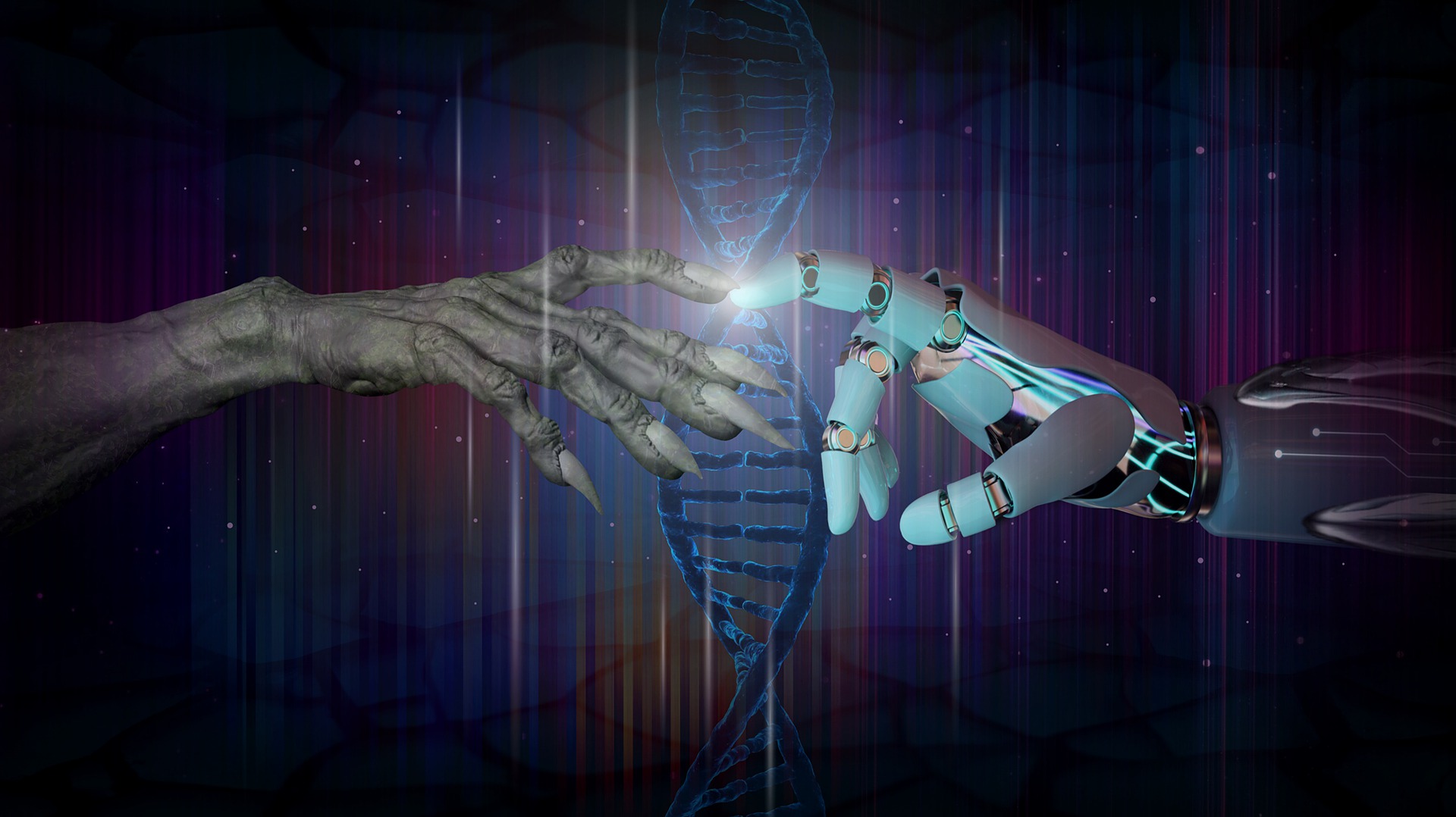Addiction
Understanding Addictions in terms of change
Published
3 years agoon
Would you be surprised if I told you that a group of psychological disorders costs hundreds of billions of dollars each year, kills more than 500,000 people annually and is implicated in street crime, homelessness, and gang violence? Would you be even more surprised to learn that most of us have behaved in ways characteristic of these traits at some point in our lives? You shouldn’t.
Our 21st century is preoccupied with the addiction such as Alcohol, drugs, food, sex and gambling. Explanation for addiction often have consisted of blaming individuals for their excessive engagement in these behaviors. Scientific theories and models for explaining and understanding addictions have existed only for the past 100 years. As advancement of neuroscience linked the study of addiction and brain activity to make the understanding more clearer and evident.
Many different theories and models of addiction have been proposed. The most prominent explanatory models include :
Social Models
Genetic Models
Personality Models.
Coping Models
Conditioning Models
Compulsive behavior ModelsAn inteqrative biopsychosocial model.
Each of the models proposes a way of understanding addiction or a specific addictive behavior that focuses primarily on how addictions develop the evident change due to the addiction.
People continue to use psychoactive substances for their effects on mood, perception and behavior despite the obvious negative consequences of abuse and dependence. Drug abuse and dependence, once thought to be the result of moral weakness, are now understood to be influenced by a combination of biological and psychosocial factors.
Give a thought……. Why do some people use psychoactive drugs without becoming dependent on them? Why do some people stop using these drugs or use them in moderate amounts after being dependent on them and others continue a lifelong pattern of dependence despite their efforts to stop?
Social models includes the exposure to these substances through friends, through the media and so on. Research on the consequences of Cigarette advertising, for example, suggests the effects of media Exposure may be more influential than peer pressure in determining whether teens smoke ( Jackson, Brown & L’Engle. 2007). In one large study, 820 adolescents (ages 1477) were studied to assess what factors influenced the ag at which they would have their first drink of alcohol (kuperman et at.,2013). This study found several factors predicted early alcohol use including when their best friends started drinking, whether their family was a high risk for alcohol dependence, and the presence of behavior problems in these children. Research suggest that drug addicted parents spend less time monitoring their children than parents without drug problems. (Dishion, Patterson & Reid, 1988) and that this is an important contribution to early adolescent substance use ( Kerr, Stattin & Burk, 2010). Children influenced by drug use at home may be exposed to peers who use drug use at home may be exposed to peers who use drugs as well.
Researchers conducting twin, gamily, and adoption studies have found that certain people are genetically vulnerable to drug abuse. Twin studies of smoking, for example, indicate a moderate genetic influence (e.g. Hardie, Moss, & Lynch, 2006; McCaffery, Papandonatos, Stanton, Lloyd Richardson, & Niaura, 2008). Genetic factors may affect how people experience certain drugs, which in turn may partly determine who will or will not become abusers.
Complex and fascinating studied indicate the brain appears to have a natural “Pleasure pathway” that mediate our experience of reward. All abused substances seem to affect this internal reward center in the same way as you experience pleasure from certain foods or from sex (Ray,2012). In other words, what Psychoactive drugs may have in common is their ability to activate this reward center and provide the user with a pleasurable experience, at least for a time. This one-time pleasure can be obtained either by having a delicious food or by the sexual activity.
What people expect to experience when they use drugs influences how they react to them. A person who expects to be less inhibited when she drinks alcohol will act less inhibited whether she actually drink alcohol or a place so she thinks is alcohol (Bailey & Baillie, 2012). Expectancies develop before people actually use drugs, perhaps as a result of parents and peers drug use, advertising and media figures who model drug use (Campbell & Oei, 2010). The substances people use to alter mood and behavior have unique effects. The high from herein differs substantially from the experience of smoking a cigarette, which in turn differs from the effects of amphetamines or LSD.
Both becoming addicted and recovery from addiction are journeys through on intentional, multifaceted, and complicated yet understandable process of change. To better understand the process of change we should look within at our own behavior change. Change is a process, not a product.
Hi, I’m Aarti, My Psychoanalytical approach towards my clients is to empower them to better their lives through improving their relationship with themselves. I believe shame and guilt is a common barrier to change. I aim to guide my clients through re authoring their narratives where shame, guilt, and other problems have less power and take up less space.





